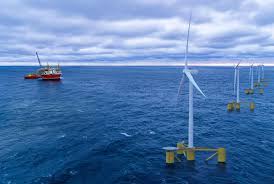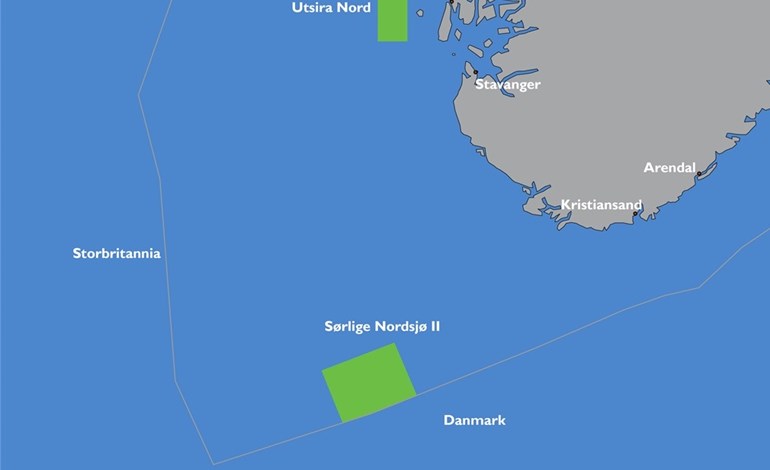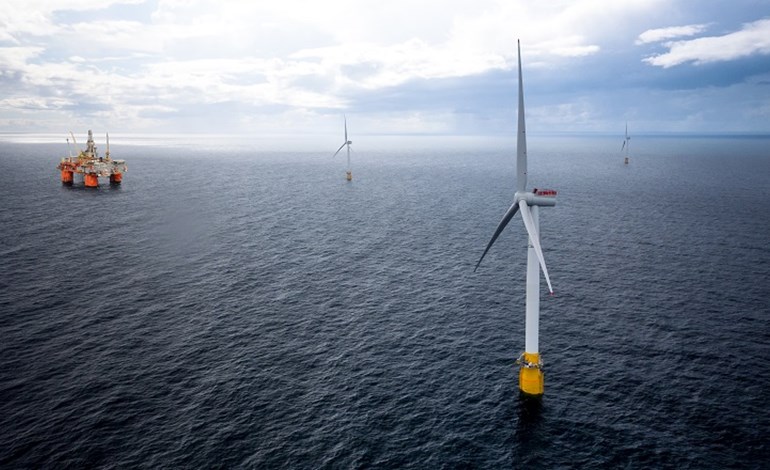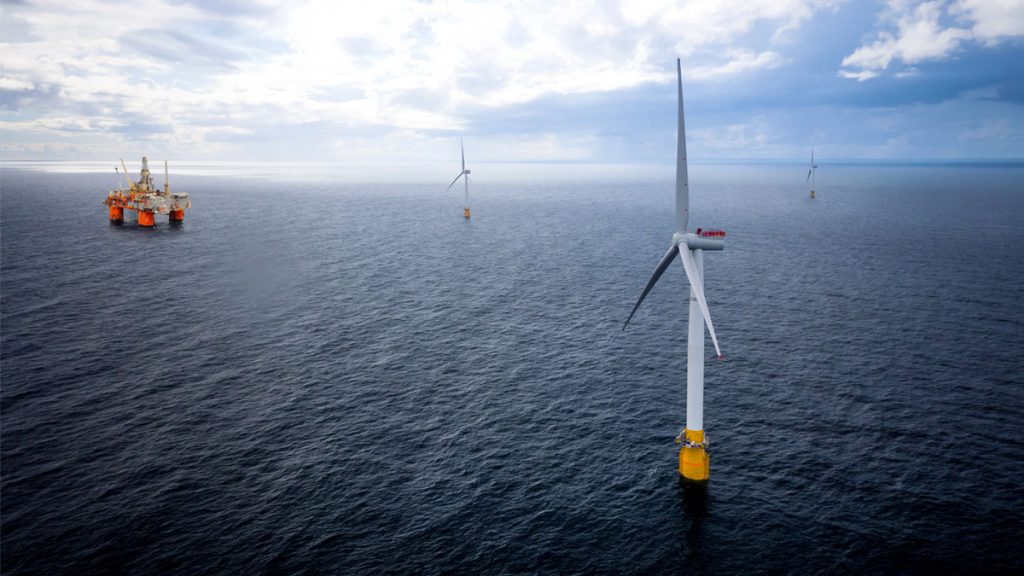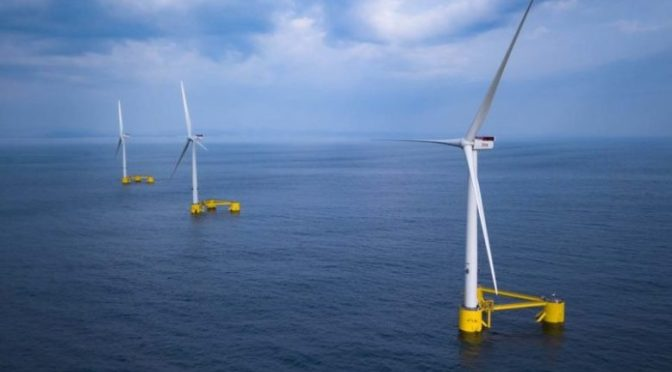The patent applications concern the recovery of lithium phosphate from lithium-bearing silicates and solutions. According to the company, it has developed innovative processes for this recovery.
Lithium Australia’s SiLeach and LieNA technologies potentially reduce the number of processing steps to produce battery cathode powders. The innovation was developed during test-work in August – September, 2018.
“Importantly, these technologies can facilitate vertical integration within the battery supply chain, potentially reducing the number of process steps involved and lowering costs for consumers. The ability to integrate metal recovery from lithium-ion batteries and regenerate cathode materials represents a major advance for the battery industry as a whole,” Lithium Australia’s managing director, Adrian Griffin, said.
SiLeach and LieNA are ultimately used to generate lithium cathode materials from feedstock generally deemed as waste.
The lithium phosphate generated from the SiLeach process meets specifications to be further refined into a lithium-ferro-phosphate, which is then used to develop cathode material for incorporation in lithium batteries for energy storage and transport applications.
The LieNA technology enables the production of lithium concentrates from fine spodumene material that is often discharged as waste during traditional concentration processes. The process doesn’t use conventional high-temperature methods and isn’t constrained by particle size.
“The Company has succeeded in developing technologies that improve the sustainability of, and reduce the environmental impacts associated with, the manufacture, use and disposal of lithium-ion batteries,” Griffin said.
The company aims to delivering sustainable, efficient processing and production options for the lithium-ion battery industry, in order to reduce its environmental footprint.
Publication of patents is the fourth step on a seven-step process for the granting of patents. Once the patent is granted, Lithium Australia will have legal protection in international jurisdictions, however, it may take several years to achieve.
